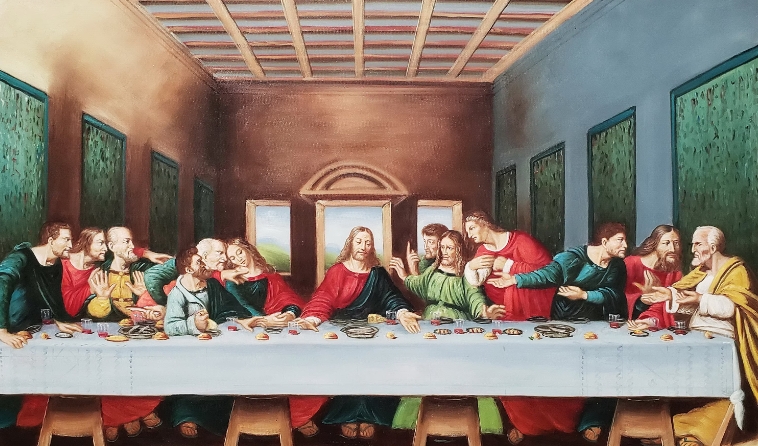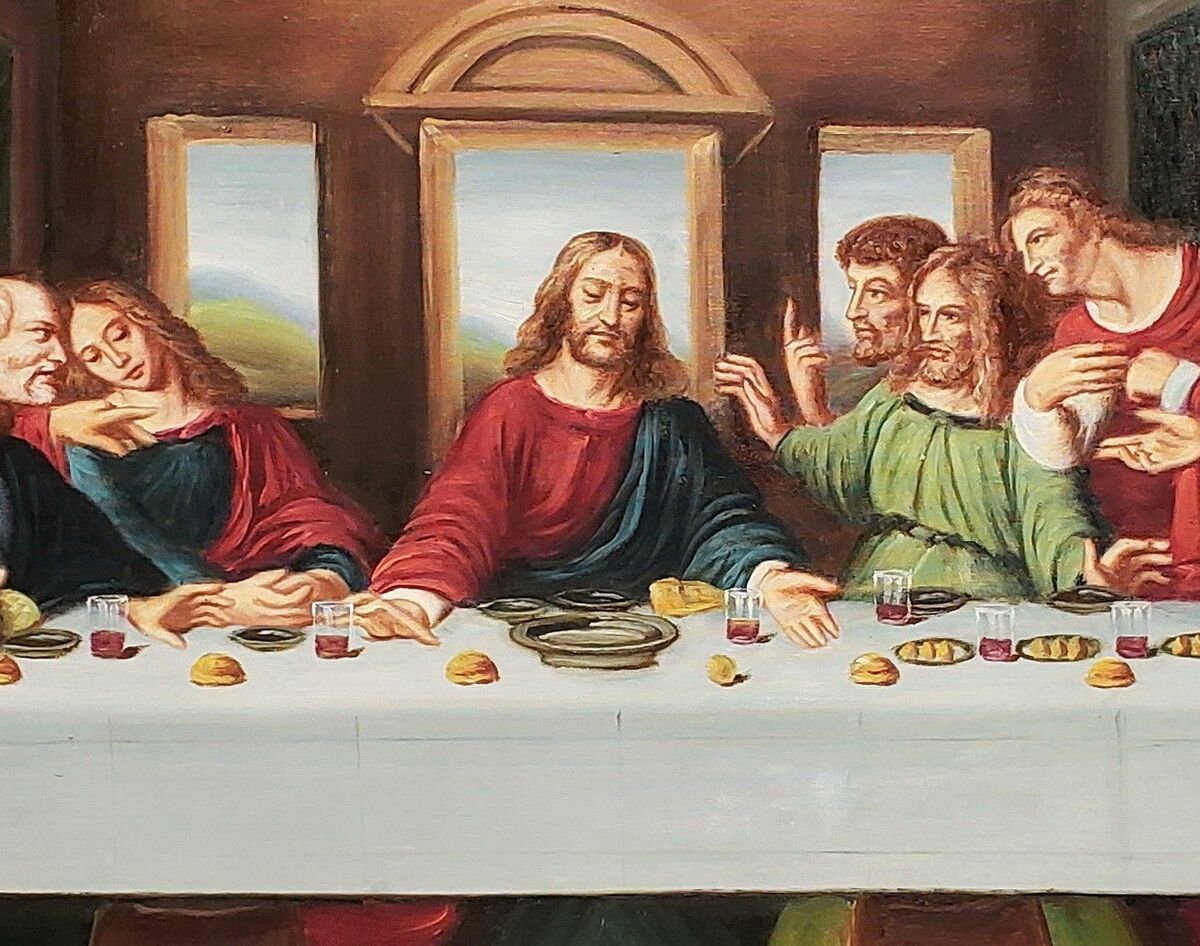michelangelo last supper is a timeless masterpiece that has captivated audiences for centuries. The intricacies and symbolism within the painting have left art historians puzzled, looking for clues to decode its mysteries.
A Closer Look at the Composition
The Last Supper depicts the moment Jesus announces that one of his disciples will betray him. The painting is divided into three main groups: Jesus and the twelve disciples. Jesus is at the center, surrounded by his followers on either side.
The Use of Light and Shadow
Michelangelo expertly uses light and shadow to create depth and perception in the painting. The light source appears to come from the window above Jesus, casting a heavenly glow upon him. The disciples in the shadows appear darker, symbolizing their ignorance of the impending betrayal.
The Symbolism of Gestures
Each disciple’s gestures and expressions reveal their personalities and inner thoughts. Judas, who will ultimately betray Jesus, sits with a dark expression and clenched fist. Meanwhile, Peter leans towards John, whispering in his ear, foreshadowing his denial of Jesus.
The Importance of Background Details
The background of the Last Supper is filled with intricate details that add layers of meaning to the painting. The architecture of the room mirrors that of a church, symbolizing the establishment of the Catholic Church. The bowl of fruit on the table is a symbol of the Eucharist, further emphasizing the religious significance of the scene.
Deciphering the Code
Art historians continue to debate the meanings behind the Last Supper, searching for hidden clues and messages within the painting. Some believe that Michelangelo included secret codes and symbols that reveal deeper truths about the scene. Others argue that the painting is simply a realistic representation of the biblical event.
In conclusion, michelangelo last supper remains a profound and enigmatic masterpiece that continues to intrigue and inspire viewers to this day. The painting’s intricate composition, expert use of light and shadow, symbolism of gestures, and attention to background details all contribute to its enduring appeal. As art historians strive to uncover the mysteries hidden within the painting, its meaning and significance only grow more profound.



